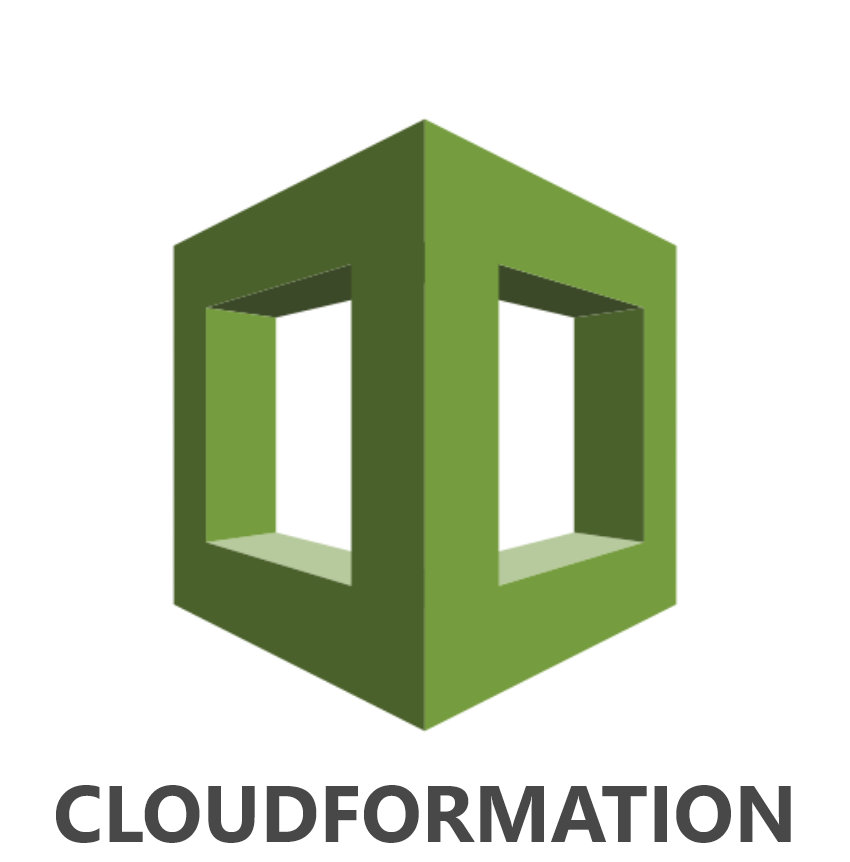- What is AWS CloudFormation?
AWS CloudFormation is a service that helps you automate the process of creating, updating, and managing infrastructure resources in the Amazon Web Services (AWS) cloud. It enables you to use templates to define and deploy your infrastructure resources in a predictable and repeatable manner.
- How does AWS CloudFormation work?
AWS CloudFormation uses templates written in JSON or YAML to define the desired configuration of your infrastructure resources. These templates are then used to create and manage the resources, making it easy to automate the provisioning and management of your infrastructure.
- What are some benefits of using AWS CloudFormation?
There are several benefits to using AWS CloudFormation:
- It allows you to automate the process of creating, updating, and managing infrastructure resources.
- It provides a predictable and repeatable way to create and manage resources.
- It enables you to use templates to define your infrastructure, making it easy to understand and troubleshoot.
- It integrates with other AWS services, allowing you to create and manage resources in a consistent and automated way.
- What types of resources can be managed with AWS CloudFormation?
AWS CloudFormation can be used to manage a wide variety of resources in the AWS cloud, including Amazon EC2 instances, Amazon RDS databases, Amazon S3 buckets, and more.
- How do I create a CloudFormation template?
You can create a CloudFormation template using either JSON or YAML. The template consists of a set of resources and their associated properties, as well as any dependencies between those resources. You can use the AWS Management Console, the AWS CLI, or the CloudFormation API to create and deploy your templates.
- Can I use AWS CloudFormation to migrate resources from one region to another?
Yes, AWS CloudFormation can be used to migrate resources from one region to another. You can use the AWS Management Console or the CloudFormation API to create a stack in the target region, and then use a CloudFormation template to specify the resources you want to migrate.
- Can I use AWS CloudFormation to manage resources across multiple AWS accounts?
Yes, you can use AWS CloudFormation to manage resources across multiple AWS accounts using StackSets. StackSets allow you to create and manage CloudFormation stacks across multiple accounts and regions.
- Can I use AWS CloudFormation to automate the deployment of my application?
Yes, you can use AWS CloudFormation to automate the deployment of your application. You can use a CloudFormation template to define the resources needed for your application, and then use the AWS Management Console, the AWS CLI, or the CloudFormation API to deploy your application.
- Can I use AWS CloudFormation with other cloud providers?
No, AWS CloudFormation is specific to the AWS cloud and cannot be used with other cloud providers.
- Is there a cost to use AWS CloudFormation?
There is no additional charge for using AWS CloudFormation. You only pay for the AWS resources that you create and manage using CloudFormation. Some AWS resources, such as Amazon EC2 instances, may incur charges on an ongoing basis while they are running, while others, like Amazon S3 buckets, may only incur charges when they are used.

